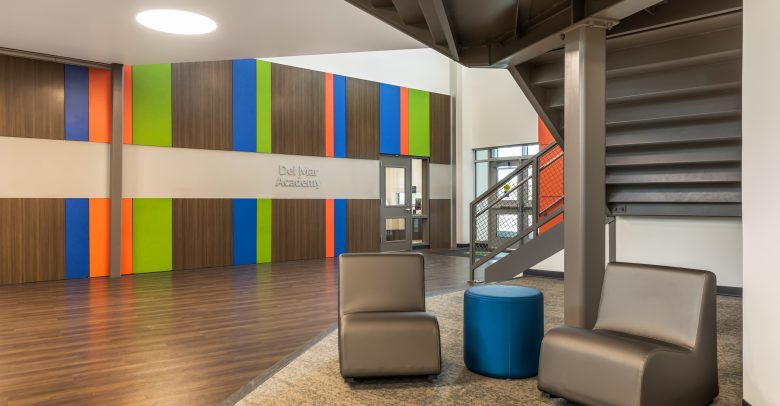Educators know their students have very diverse learning needs, and many teachers are well-versed in designing learning experiences that are universally inclusive. But while schools have become fairly adept at differentiating instruction to meet all students’ academic needs, the critical role that learning space design plays is often overlooked.
Meeting Diverse Learning Needs Isn’t Optional. It’s Imperative.
Federal data suggest that a significant number of students have special learning needs that must be addressed for them to thrive in the classroom. According to federal data, during the 2021-22 school year, 15% of public school students between the ages of 3 and 21 received special education and/or related services under the Individuals with Disabilities Education Act (IDEA). The latest data from the Centers for Disease Control and Prevention shows that one in 36 children has been identified with autism spectrum disorder—a number that continues to rise.
Many students on the autism spectrum have sensory processing disorders and are overly sensitive to touch, lights, and sounds. Sensory processing disorders may coexist in students with other special needs (such as those with ADHD) who tend toward sensory-seeking behaviors. These conditions make it all the more challenging for students to find their place in the physical classroom.
More than half of students with disabilities spend much of their days in general education classrooms. With an increase in students who have special needs comes the imperative for schools to meet these diverse learning needs. And not just academically but also physically. This can be accomplished through smart learning space design.
Why Choice Matters in Meeting Diverse Learning Needs
Classroom design can have a significant effect on how all students—but especially those with special needs—are able to focus and learn in that environment. One of the simplest things you can do to make a difference is to offer choices in seating styles.
Accommodate Different Learning Preferences
Though it seems mundane, something as simple as a choice in seating style accommodates different learning preferences for all students and makes classrooms more inclusive. Classrooms and other learning spaces that include multiple seating options—such as standing desks, clusters for small-group learning, soft seating, and traditional desks and chairs—help students make choices to support how they learn best.
Seating Textures
Students react to various textures in different ways. For instance, students who have sensory processing disorders can be very sensitive to certain types of fabrics and materials to the point where they become so focused on the furniture they’re sitting in that they can’t concentrate on their learning. Just as using a variety of learning strategies helps reach a wider range of students, offering a variety of furniture options helps accommodate more students as well.
Seating Mobility
When these seating choices are easily moveable, this ensures that students with different preferences can still work together: A student who prefers a standing desk or soft seating can work in a group with a student who learns best sitting in a traditional chair.
Seating Choice
Choice of seating options is important because it gives students ownership of their learning. Designing flexible learning spaces that give students multiple seating choices promotes responsible decision-making and builds independence and self-confidence in students. When students have the freedom to make learning decisions for themselves, they feel less isolated—and more ready to succeed!
Cecilia Cruse
Cecilia Cruse, MS, OTR/L has a BS degree in Occupational Therapy from the University of Florida, and her Master’s degree in Education from Georgia State University. She is SIPT certified and has over 25 years of experience in pediatrics with school-based services, acute care, and outpatient pediatric settings.







Leave a Reply